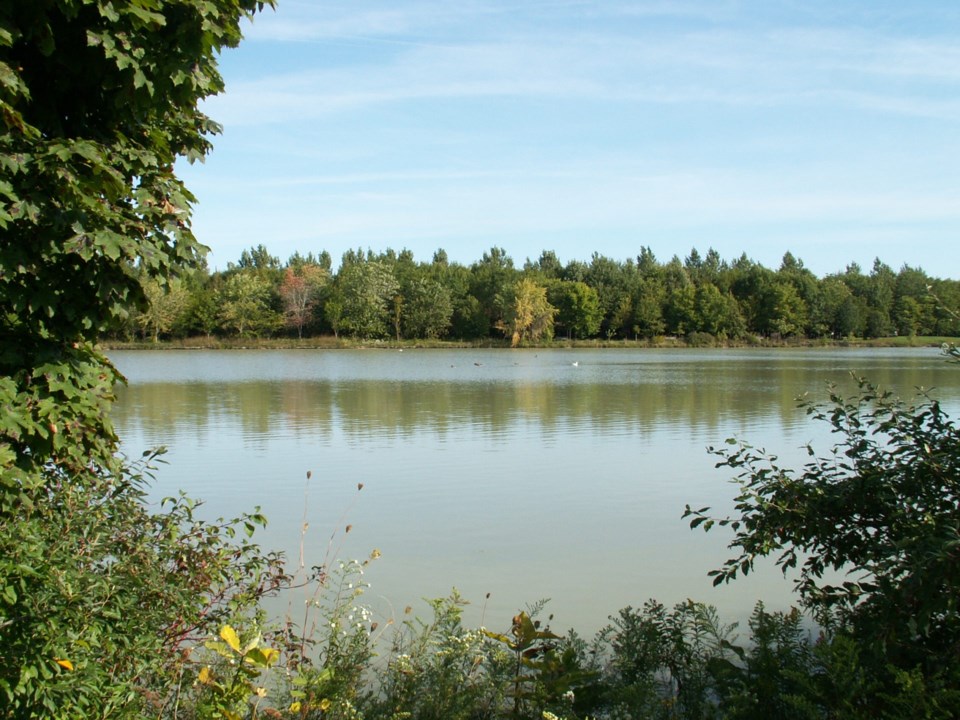Increasing the number and diversity of native plant species across southern Ontario is the goal of the new report, the Southern Ontario Seed Strategy (SOSS).
The SOSS is headed by Carolinian Canada, a charity that looks to grow healthy landscapes and a greener future in the Carolinian Zone. They developed this strategy with the SOSS collective, a partnership between experts.
Carolinian Canada officially launched the SOSS on January 14.
“Several partner organizations signed on to the Southern Ontario Seed Strategy as a partner. That might mean they help provide some funding or just contribute lots of time and believe in it,” said Jennifer Nantais, healthy habitat manager with the Carolinian Canada Coalition.”
“We have developed five goals, and they’re carefully arranged to encapsulate everything important to scaling up native seed for restoration and retail in southern Ontario,” said Nantais.
The first goal is to expand ethical and safe space within the native plant sector.
“In the past, it would just be the academics – the biologists, the plant people – doing this work, and then, they would create that strategy. So, creating that space for everyone to participate in the conversation is important,” said Nantais.
The next goal was to increase supply and support demand for reliably available genetically appropriate native seed.
“We have to do two things: increase the supply and support the demand. We have to ensure restoration, that municipalities, that governments are seeking the right seed for the restoration story.”
The third goal was to develop tools that allow timely, informed action for seed conservation and stewardship in southern Ontario.
The fourth goal was to develop strategies for the widespread use and adoption of native plants by consumers, industry and the public sector.
“It is important to make all of those connections with the government, native seed buyers, industries and businesses, and decision-makers – to make sure that these folks are supporting the seeds that support this restoration.”
The final goal is to identify and support a native seed supply chain for restoration.
“Several objectives and accompanying recommendations support those goals. So, it is important to make it simple and determine what actions we should take. That collaborative process informed these goals and recommendations,” said Nantais of moving the strategy from theory to action.
Collaboration was a major emphasis from Carolinian Canada for SOSS, said Ryan Godfrey of World Wildlife Federation-Canada.
“Sometimes we can get stuck in our little silos or little organizations with our people, and we’re doing a great thing, but what Carolinian Canada did here that I respect and admire, frankly, is the collaborative approach. It’s not easy, because sometimes there are loud voices, sometimes there are quiet voices, and sometimes there are voices that should be at the table, but they’re not,” said Godfrey.
“I would draw the focus on Indigenous voices who have historically not been present at the table, and what Carolinian Canada was able to do is get everyone in there and have a voice and hold the space for a truly collaborative conversation. It was amazing.”
The collective will continue to be just as collaborative now that it is entering the soft implementation stage, said Nantais.
“We had participation from municipalities, conservation authorities, Indigenous partners and native plant growers. That was critical to put that strategy together because it was developed by folks in the region, for folks in the region.”
For more information and to read the full report, go to: www.caroliniancanada.ca/seed.
